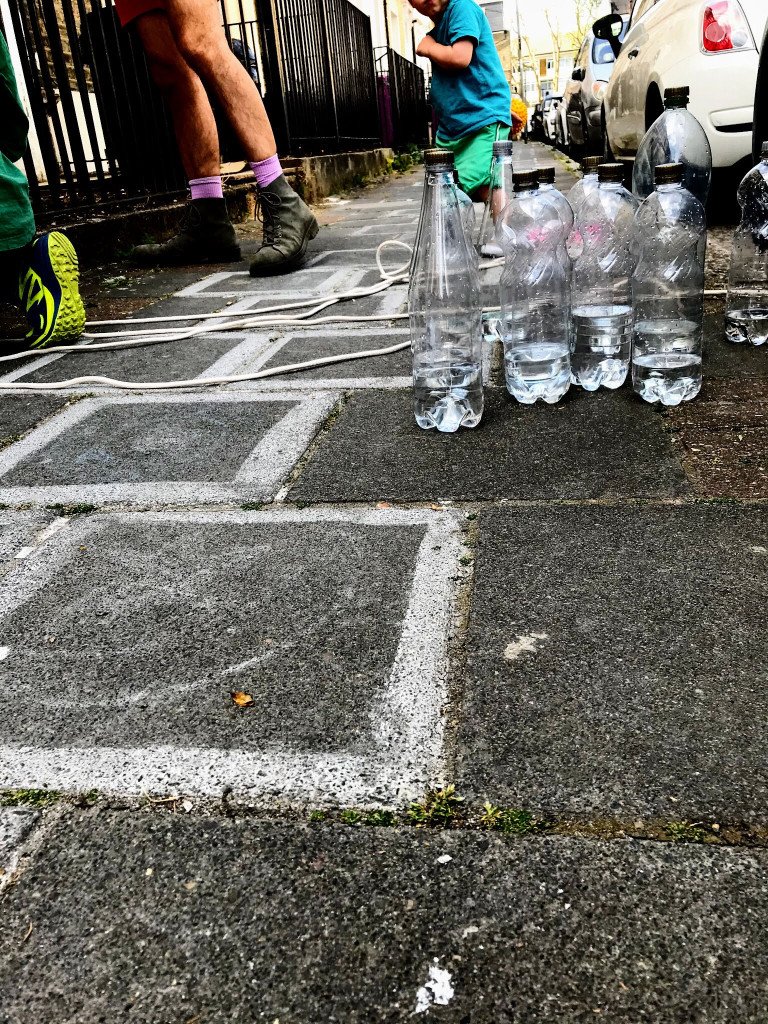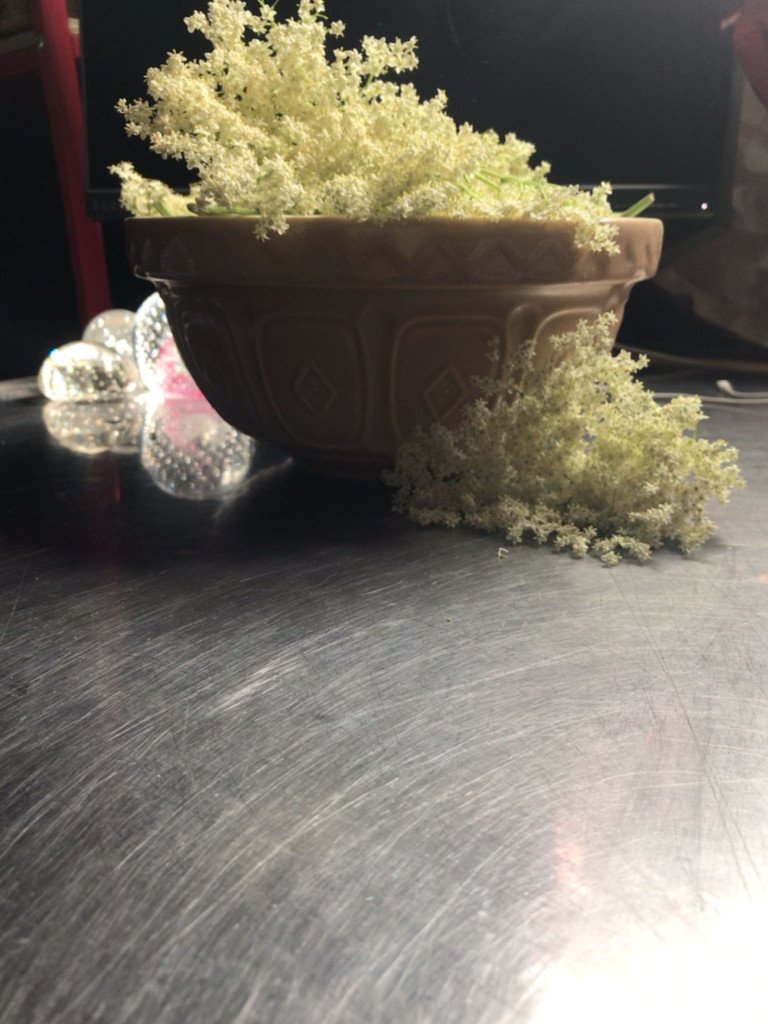The Story of Our Street: Part Six
The days of lockdown stopped being a novelty. It was our new way of being. We did it together.
On our street we settled into a comfortable rhythm of playing.
Most parents were still furloughed and spending long hours with the children.
Some had created timetables for school work and were building into those timetables an hour of exercise and at least an hour of street playing.
All the parents would come and hang out while the children playing. All of them agreed that this sociably distanced, unstructured time was helping all of them to stay upbeat and given them something to look forward to each day.
We knew that some of our older residents who were being super, super careful were watching us from their front rooms. They were happy for little family knots to set up camp on their stairs too. They said it was ‘The one good thing to have come out of all of this.’
We had a regular set of play things that we used. There were always bubbles and chalk. The hopscotch had lasted for ages because there had been no rain to wash it away. I tried to make sure we always had our giant biodegradable balloons who the children had learned how to inflate with a little electric pump.
We made plastic bag kites, and we collected together a box full of plastic water bottles which we filled with a little water and made into skittles.
Some of the boys decided to play with nerf guns, some helped me to identify the weeds that were growing in the cracks between the paving slabs. We even found a few resilient little ferns which we all took away to replant. We planted sunflower seeds too.
One family played with a frisbee which kept ended up under the parked cars and in the areas down the front of the houses. The children were unafraid of knocking on doors, then standing back and asking from a safe distance if they could have the frisbee back. But one house was unoccupied, so together they children worked out various ways that they could get it back. They settled on a plan that involved a bucket attached to a rope and an old For Sale estates agents sign. With the adults doing the donkey work, under instruction, they spent a good hour getting that frisbee back.
Visitors from nearby street started to come and join us. These were families who all knew each other from local schools. They chalked and painted very earnestly, their own streets were not suitable for playing out, and we were happy to welcome them. But it was heart wrenching to watch the children start out to rush to greet each other, then stop themselves in their tracks when they realised they couldn’t hug or play together as they had been used to. ‘It’s overwhelming’ one child told me.
The grown ups were amazing. They welcomed visiting children, and supported all of them to find ways to play alongside each other without coming close. The new games were adopted and welcomed and became ingrained into adapted play patterns . They were aware of how the children must be feeling and were gentle with those feelings.
Our Sundays became more and more like festivals. They stretched on for a couple of hours. A bizarre patchwork of music played, coffee teas and snacks came out. One neighbour said that even if she had forgotten the Sunday fun, the stream of bubbles floating up the road carried the message for her. An isolated neighbour felt well enough to walk up the road a way, we found her a chair and she joined in at a distance.
We all agreed that this thing was indeed ‘the one good thing to come out of all this.’ We all were becoming close and looking after each other, swapping ladders and elder flowers to make cordial, and seedlings and a weekly street bread order and doing shopping for each other and exchanging news.
This is how the street must have been years ago.


